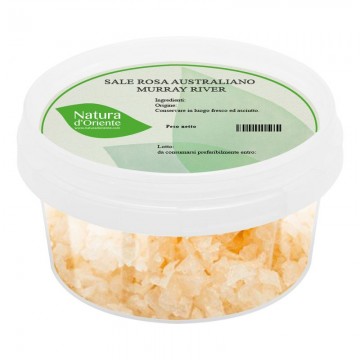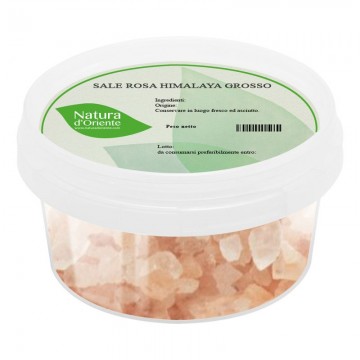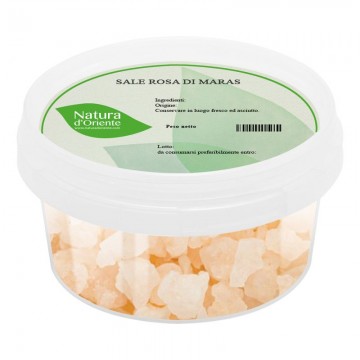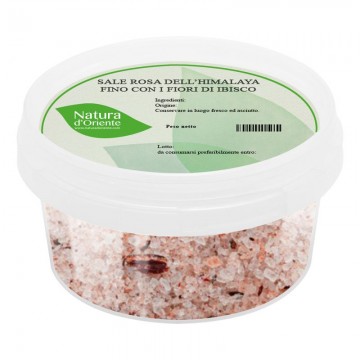If you love the characteristic scent and flavor of porcini mushrooms, you can choose this “mixture” of salt as an extra idea to prepare your dishes at home. It adds flavor to every dish, giving the food a savory taste, which combines the delicate flavor of dried porcini mushrooms with the intense flavor of sea salt.
Porcini mushroom salt: characteristics and benefits
This flavored salt enhances the flavor of each dish with just a pinch, thanks to the characteristics of porcini mushrooms. They are wild mushrooms commonly dried for their strong flavor and with notes of walnut, which combine well with sea salt. The salt dressing with mushrooms enhances this earthy ingredient that gives low calories, is rich in vitamins, mineral salts and dietary fiber. Even if a small amount of porcini mushrooms are used, there are additional characteristics in this mixture compared to sodium chloride alone. This flavored salt is highly appreciated by gourmets for its original taste properties, blending a strong and delicate flavor, perfect for meats. Salt with porcini mushrooms is also a great way to make vegan dishes more appetizing, perhaps turning towards umami.
Origins and History of the extraction
This salt is extracted from sea water, obtained from high tide and collected in tanks. The brine coming from the sea then undergoes solar evaporation, excellent in hot climates where the wind is constant, which allows the salt to precipitate (crystallization). It will then be harvested to be treated or not with washing, drying and sieving processes if necessary. With this method, the purity of the salt approaches 100%. Porcini mushrooms (Boletus Edulis and similar mushrooms) are dehydrated and added to sea salt. Boletus edulis is a fungus found widely in Europe, Asia and North America, which grows predominantly in deciduous and coniferous forests. It is a valuable ingredient for various recipes, especially in risottos, pasta and for the preparation of soups. It is also highly appreciated for its ability to make proteins, vitamins and minerals available, despite being low in fat and carbohydrates. Boletus is a difficult mushroom to grow, and is mostly found in the wild, where it is harvested and dried - also sold in brine.
Nutritional values of salt with porcini mushrooms
This salt contains mostly sodium chloride, as well as trace minerals such as calcium, zinc and iron. Thanks to mushrooms it also gives minimal amounts of proteins, carbohydrates, fats and sugars. How to use porcini mushroom salt in cooking You can use it like normal salt, both on raw foods and during cooking. Thanks to this mixture of salt embellished with dried porcini mushrooms, the recipes of first courses become more appetizing, especially pasta and risotto. In addition, the choice of dried mushrooms and sea salt is excellent for dishes such as chicken, roasts, red and white meat such as pork steaks, veal and lamb, It is also used to flavor French fries and popcorn, as well as give a special flavor to vegetarian dishes. It makes a deep umami taste, more earthy and intense on recipes of vegetables or legume soups, stews, sauces and especially with eggs. To bring out even more intense flavors, a touch of dried onion or garlic can be added to this salt, which some use in the preparation of eggs. In other cases you can add chilli flakes to give a spicy touch, or smoked paprika. Remember that a pinch is enough, as they are very tasty salts and spices. In meat recipes, you can add some notes of aromatic herbs (parsley, sage, rosemary, thyme) that goes well with porcini mushrooms.
Porcini mushroom salt: side effects and contraindications
Caution is advised in the intake of sea salt in case of hypertension, pregnancy and breastfeeding. Furthermore, it is good to moderate the quantities in case of cardiovascular disorders, diseases related to the kidneys and blood vessels.







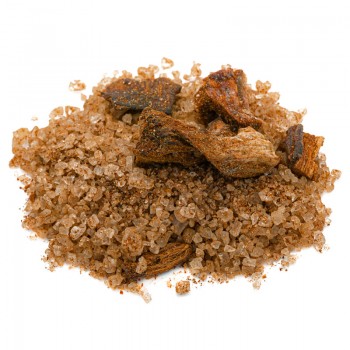

 No reward points for this product.
No reward points for this product.

